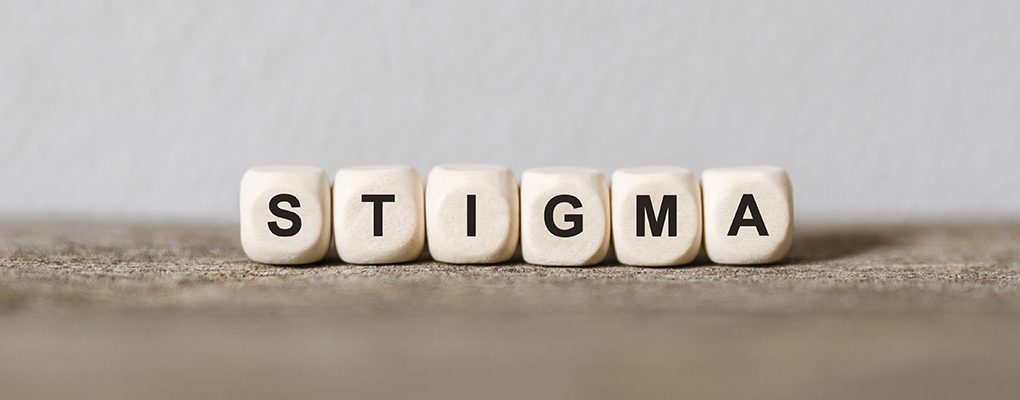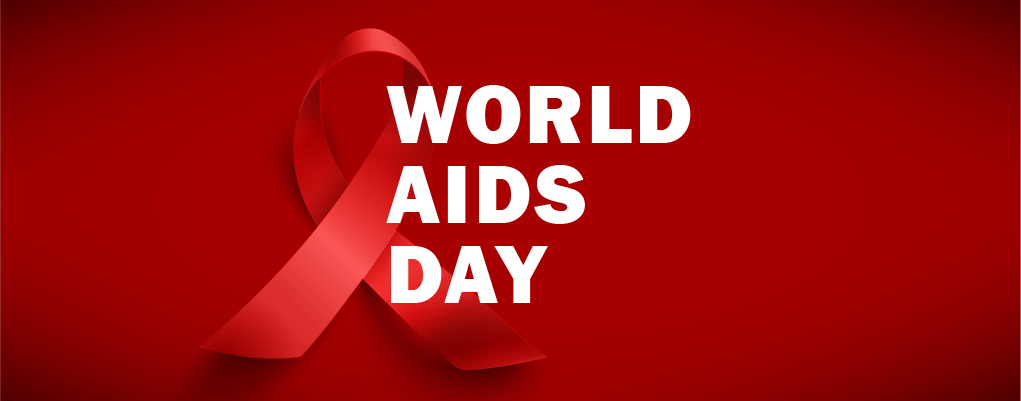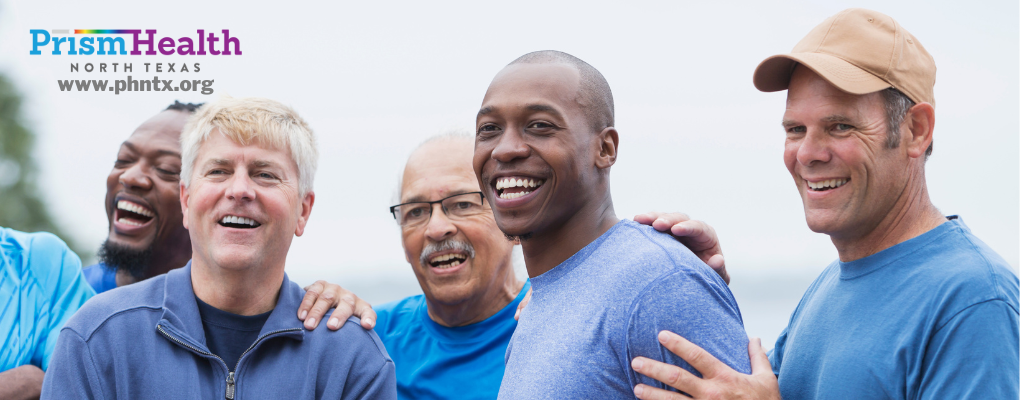
Up until recently, my general understanding of HIV and Sexually Transmitted Infections (STIs) could have been summarized into three basic thoughts:
- Always use condoms,
- Do not have unprotected sex (and yes, both of those thoughts are the same, just regurgitated in a different way), and
- HIV is an infection that affects a lot of people (and that thought came about due to a class I took in college about HIV and the Black community).
But even with that bit of education, my knowledge on the subject was incredibly limited.
Fast forward to eight months of working at Prism Health North Texas, an organization that provides equitable, full-spectrum, personalized medical care for everyone. I have realized just how much there is to learn and unlearn about HIV, other STIs, and sexual wellness in general. To my own embarrassment, there is — surprise, surprise — more than one way to protect yourself from possible STIs. But the question that popped into my mind was: why on Earth was I not already equipped with the knowledge I needed for safe sex? Where was the gap? And where did it come from? A quick dive into the wonders of the internet, and after many informational meetings and training later, I am left with one word – STIGMA.
What is stigma? It is the thinking that somehow a person is considered shameful or disgraceful for doing something that is against respectability. In history, we saw this back in the 1980s when the HIV epidemic first made headlines. The general message given to the public about HIV and STIs was steeped in stigma, fear, and hysteria, deeply affecting the education around HIV, sexual wellness, and sex in general. The Centers for Disease Control and Prevention (CDC) published a report saying, “In the period October 1980- May 1981, 5 young men, all active homosexuals, were treated for biopsy-confirmed Pneumocystis carinii pneumonia at 3 different hospitals in Los Angeles, California. Two of the patients died” (source). Now was it necessary to say they were “all active homosexuals?” I think not, but that kind of blatant discrimination wasn’t prohibited during that time.
The marginalization of queer people continues to be a problem, but the conditions for queer people in the 80s were almost unbearable. Blatant discrimination was everywhere, and there were very few laws that prohibited institutions and organizations from NOT discriminating. That same shame-led dialogue, fearmongering, and misinformation continued to replicate in so many different articles and reports published during that time.
One particular article written by The New York Times, published a couple of months after the CDC released their initial report, helped solidify the stigma around HIV and STIs. In that article, they labeled the HIV epidemic a “gay-related immune deficiency or GRID, or The Gay Plague.’” This form of labeling was not only filled with homophobia and transphobia, but directly sent the message to the whole world that; queer people shouldn’t have sex, and if they do, they “deserve” HIV. This labeling reinforced a shame-filled narrative around sex and pleasure, stigmas around different identities, and the notion that if you did not identify as a homosexual, cis-male, you were somehow exempt from acquiring HIV.
Now, fast forward to 2020, where we are actively challenging the misinformation brought to us. We are pushing back against problematic narratives, and we are taking responsibility for the harm that the misinformation has done to our communities. And still, through all that work and growth, I cannot help but notice how much humanity and compassion were missing when the first bits of misinformation was given to the American people 40 years ago and just how much it still affects people’s understanding of HIV and STIs today.
This stigma applied to all communities, but it has severely threatened peoples’ lives, livelihood (like sex workers), and freedom of those within the queer community, the Black community, and the Latinx community. Again, the idea that only white, cis, monogamous, and heterosexual people are deserving of sex comes from homophobia, transphobia, racism, and discrimination. This way of thinking is deeply rooted in the stigma we deal with today. The bigger problem is that stigma can negatively affect people’s ability to connect to sexual wellness resources like STI testing, health literacy, linking people who have acquired an STI into care, and keeping people in care through medication management. It can also affect someone from finding equitable and safe office visits, reliable support systems, a connection to the community, and the list goes on and on.
I know today that HIV is manageable, STIs do not determine a person’s worth, and challenging these stigmas is the work we need to continue. I dedicate so much of my life to it; I focus my time on taking responsibility for the harm caused while simultaneously challenging the stigmas surrounding sexual health and wellness. At Prism Health North Texas, we try our absolute hardest to combat that problematic narrative by constantly affirming our patients that we all deserve sex-positive, shame-free, and informed sexual-health information. We deserve safe, equitable, and humane health care that empowers us to seek the care we need for our bodies. We strive for progress in all those aspects and hope to continue to change the stigma around HIV by connecting more with our patients, community, and especially with you.
Learn more about HIV stigma.



